Castelli's ceramic art
Castelli ceramics appear in museum collections around the world, from the Metropolitan in New York to the Uffizi in Florence, from San Martino in Naples to the Hermitage in St Petersburg with its famous collection.
The monks of the Benedictine Abbey of San Salvatore began in the 12th century to use the clay rich in the surrounding area to create the first artefacts. From there, workmanship spread among the inhabitants of the village and production began that was destined to know the splendours of the European courts, especially from the 17th century when great masters such as Grue, Gentile and Cappelletti began to work, bringing this art to high levels of refinement.
In addition to the splendid artefacts we find in the collections of great families, such as the Orsini-Colonna pharmaceutical pottery, ceramics were also used for the decoration of buildings. For example, the church of San Donato in Castelli, defined by Carlo Levi as 'the Sistine Chapel of majolica', famous for its ceiling decorated with majolica bricks, the only one of its kind in Italy. The one we can admire today was rebuilt in the early 17th century with the bricks decorated according to the taste of the time. The original bricks dating back to the end of the 15th century are preserved in the Museum of Ceramics.
Castelli is certainly worth a visit for the craft workshops that produce beautiful art objects, but also for the historical and religious buildings that house valuable works. In addition to the aforementioned church of San Donato, it is worth visiting the church of San Giovanni Battista, which houses an altarpiece that Federico Grue created in 1647. The Convent of the Minor Observants houses the Museum of Ceramics, where splendid works from the schools of the great masters can be admired.

 IT
IT EN
EN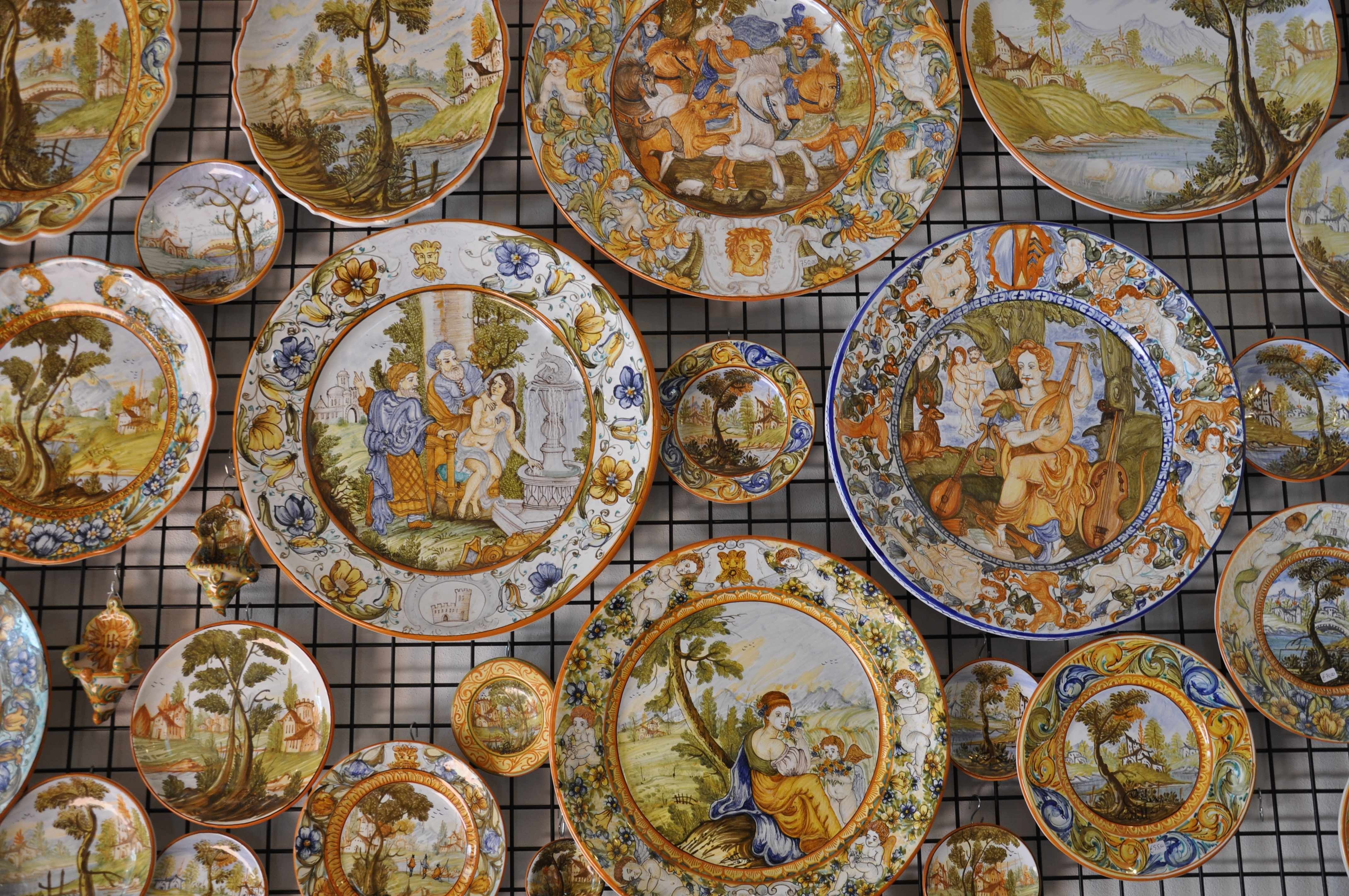
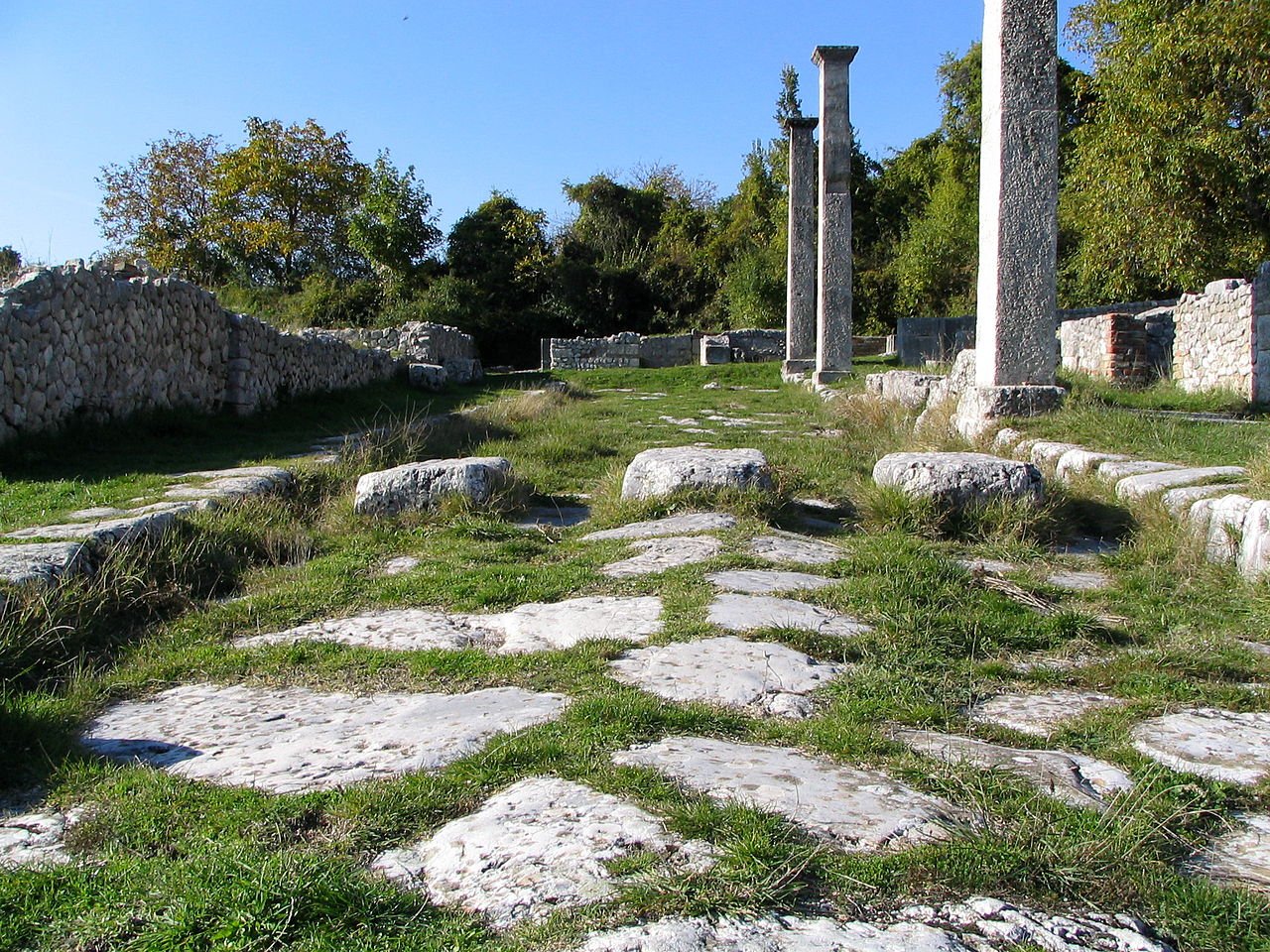
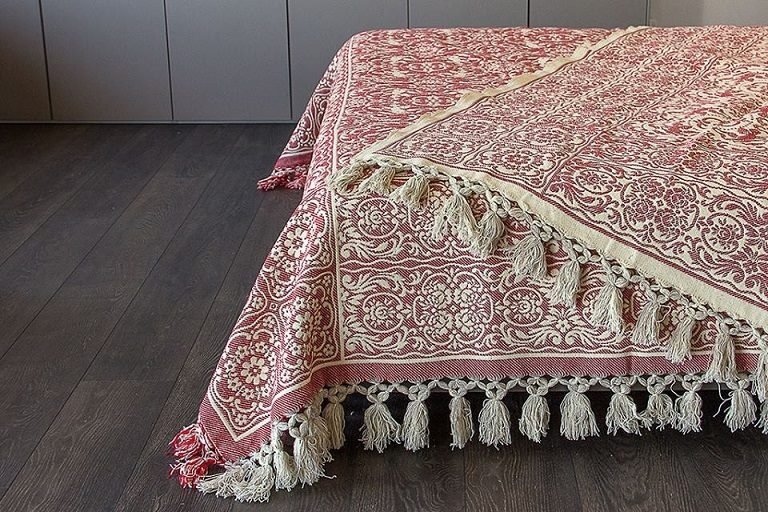
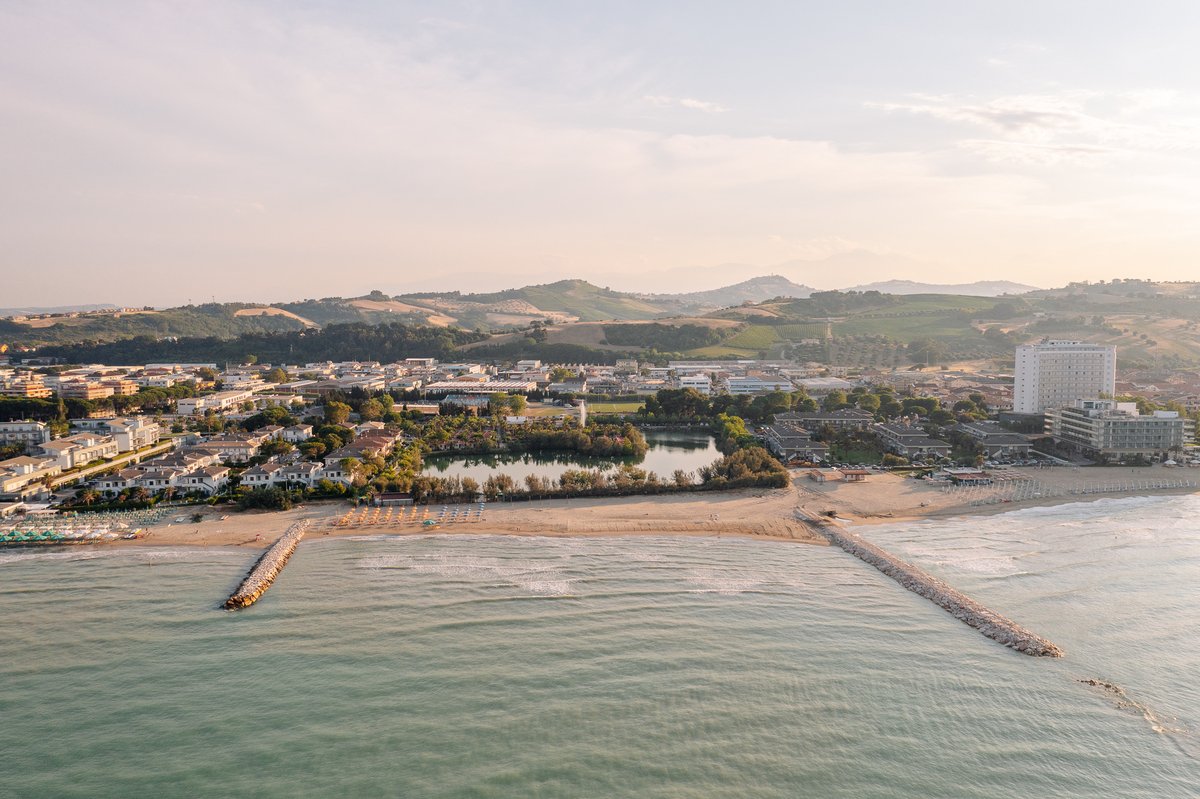
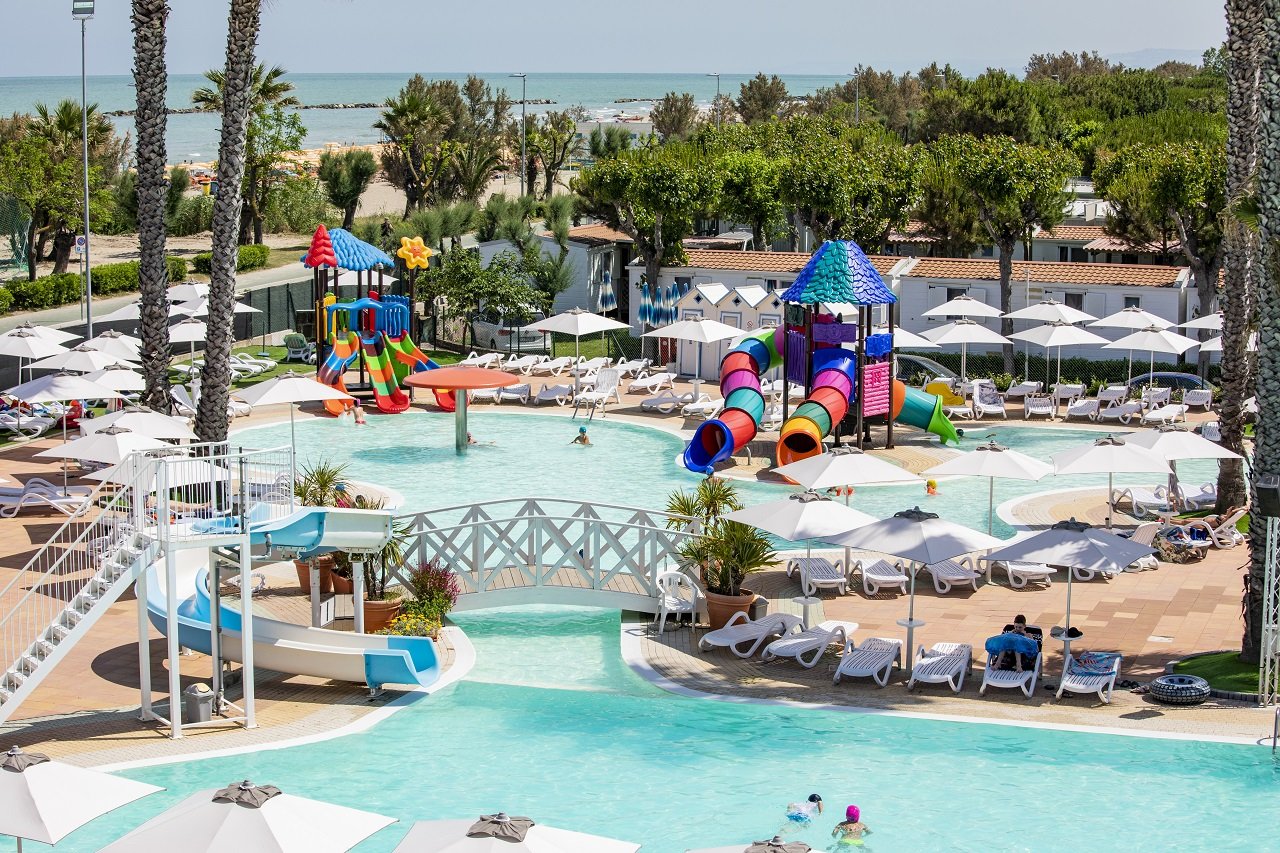
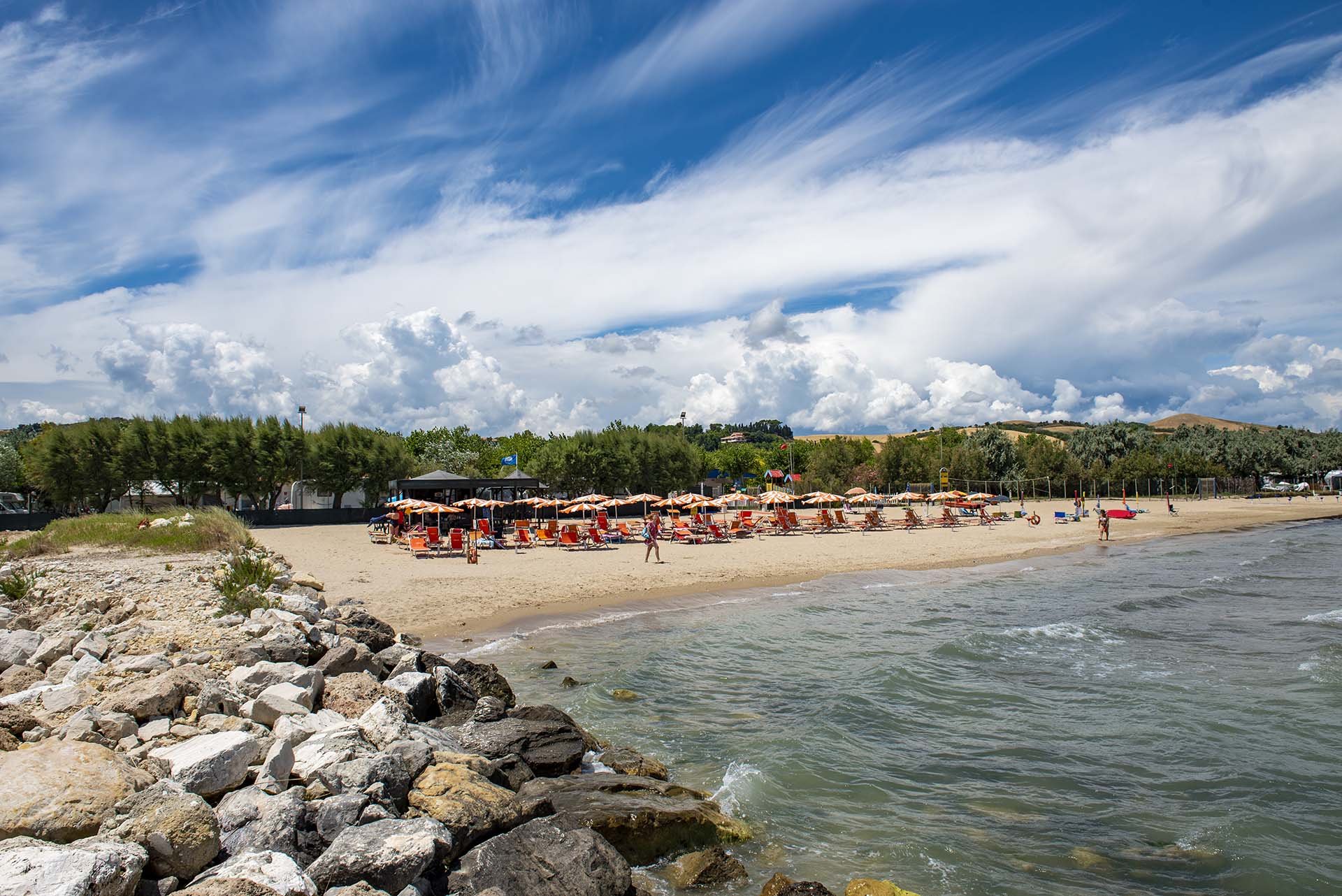
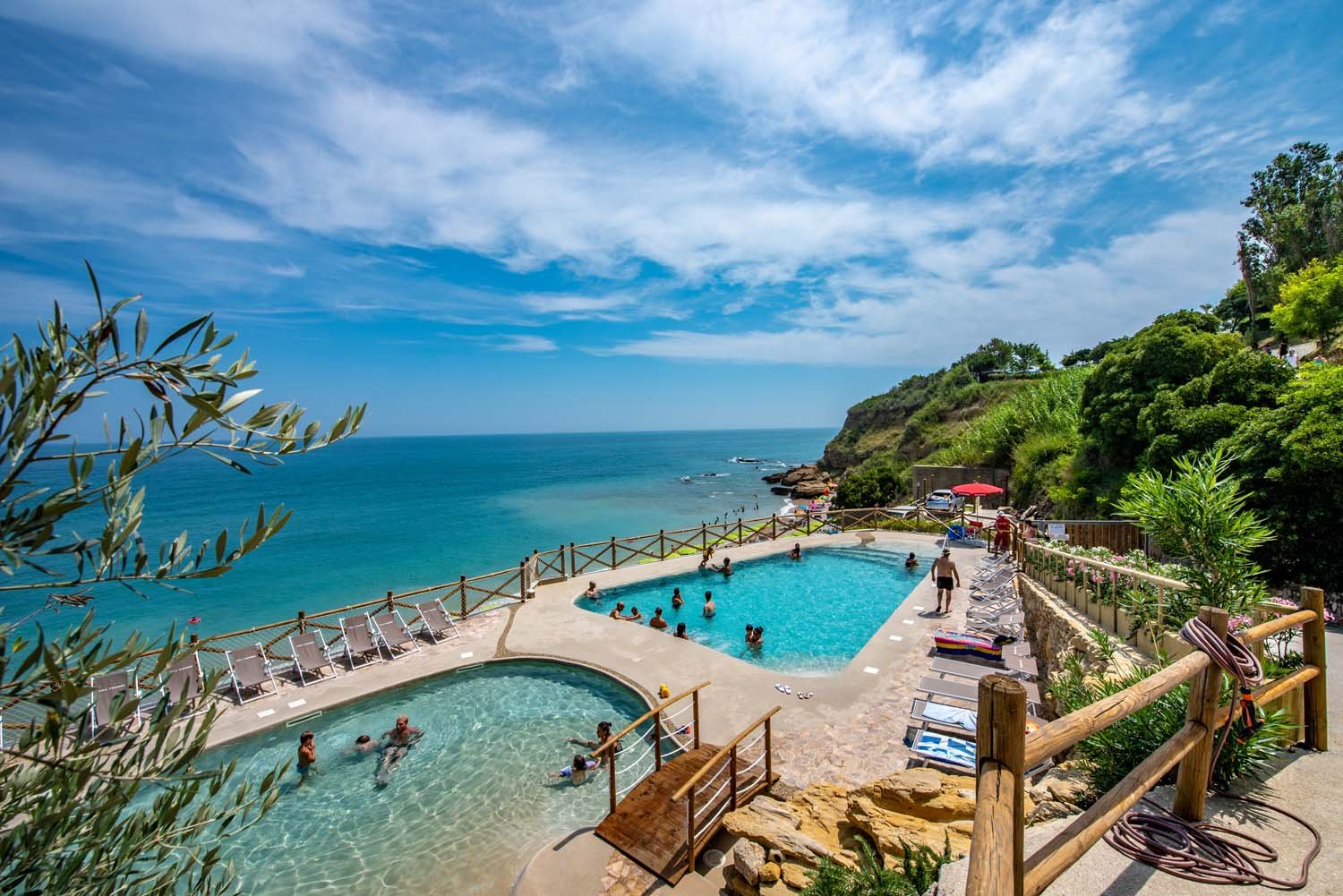

 DE
DE